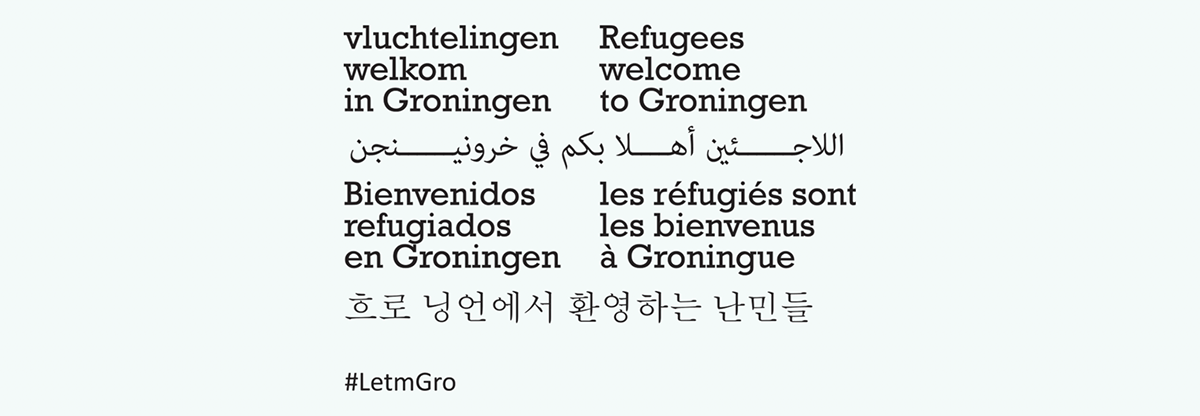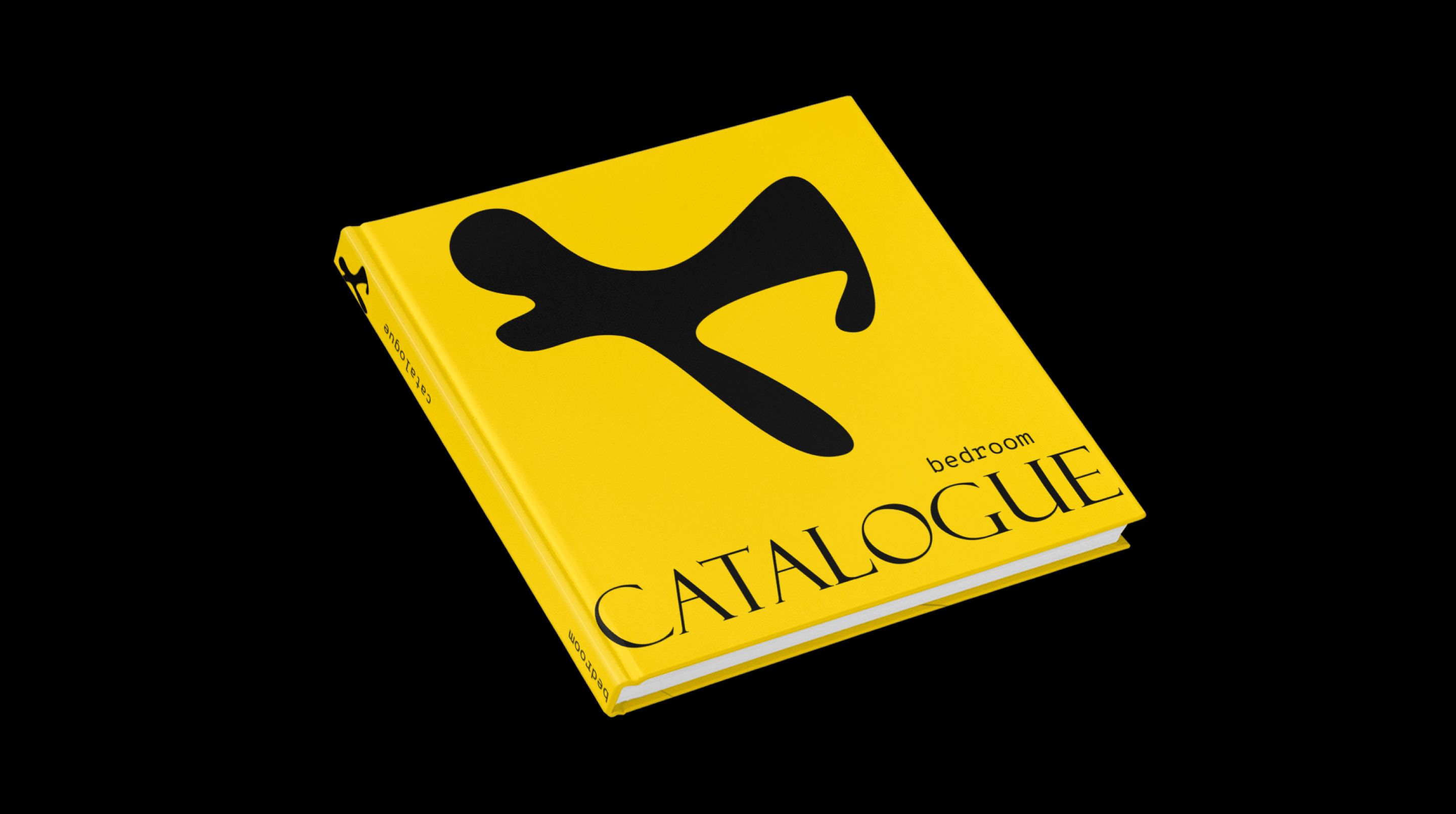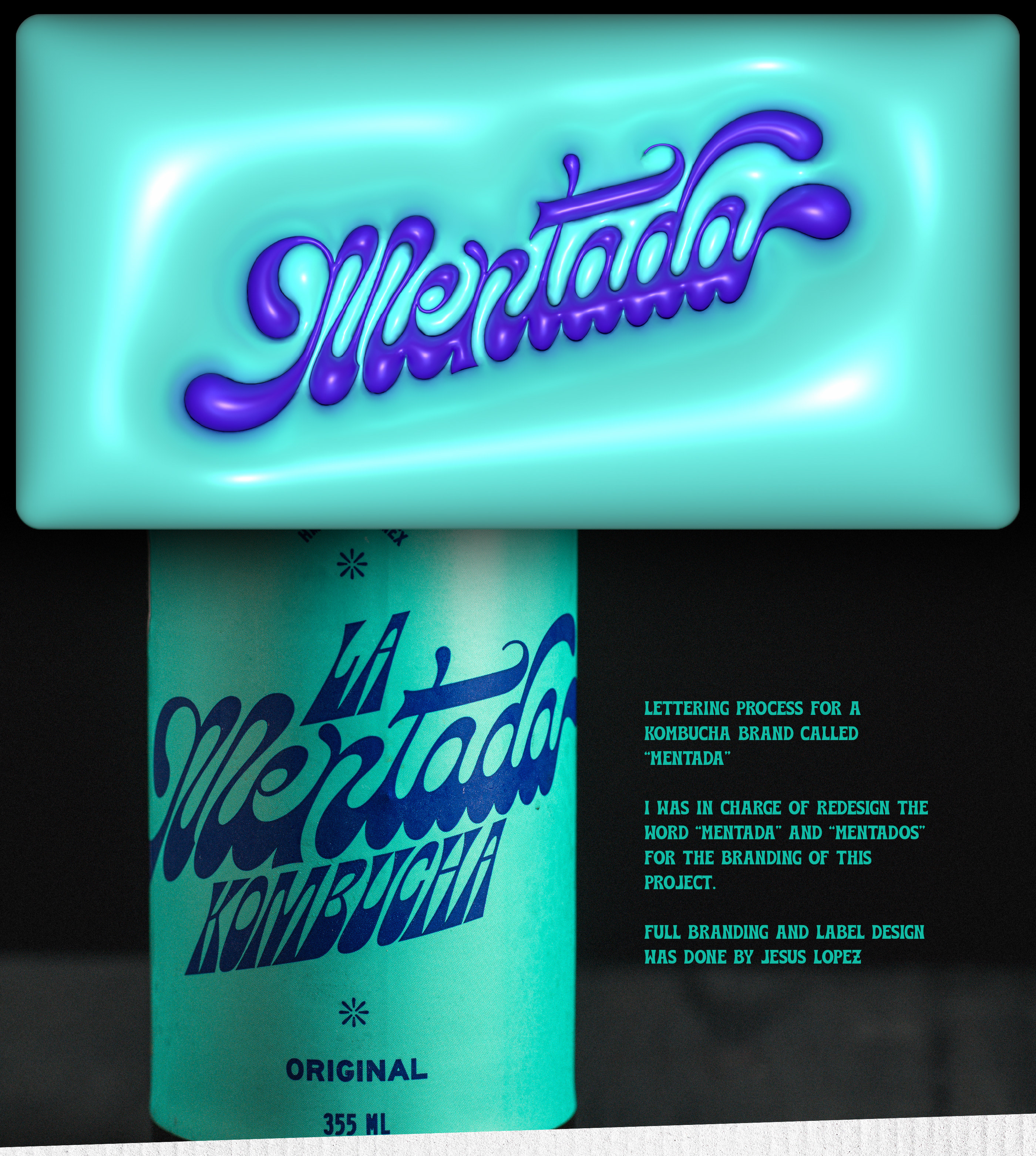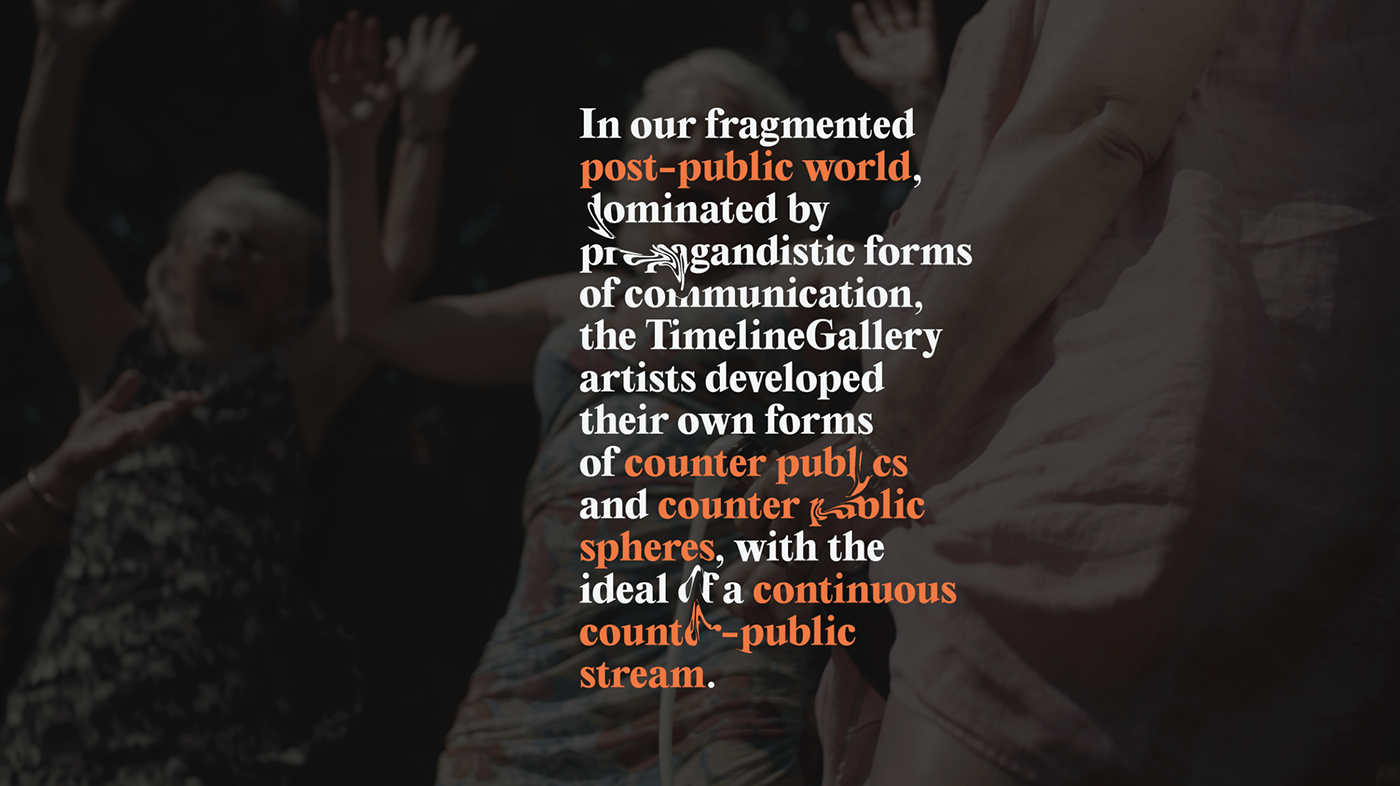
This publication stems from the TimelineGallery project. In this project, design agency DesignArbeid, the research group Image in Context of Minerva Academy, and art space Sign in Groningen joined forces to enable young artists to explore and visualise the possibilities of the public space in the early 21st century in teams they formed themselves. Political philosopher Hannah Arendt (1906-1975) termed the ‘public’ in Vita Activa (1958) as “that which can be seen and heard by everyone and gets the greatest possible publicity” (Arendt 1994). This is why she also speaks of the public as the illuminated, the visible, as opposed to the private as the dark, the hidden. The public domain is the world as far as it forms our common home. It brings us together and offers us the opportunity to talk to and debate with each other. In our fragmented post-public world, dominated by propagandistic forms of communication (Coumans 2010), the TimeLineGallery artists developed their own forms of counter publics (Fraser 1990) and counter public spheres (Negt and Kluge 1993), with the ideal of a continuous counter-public stream (Seikh 2007).
Concept.
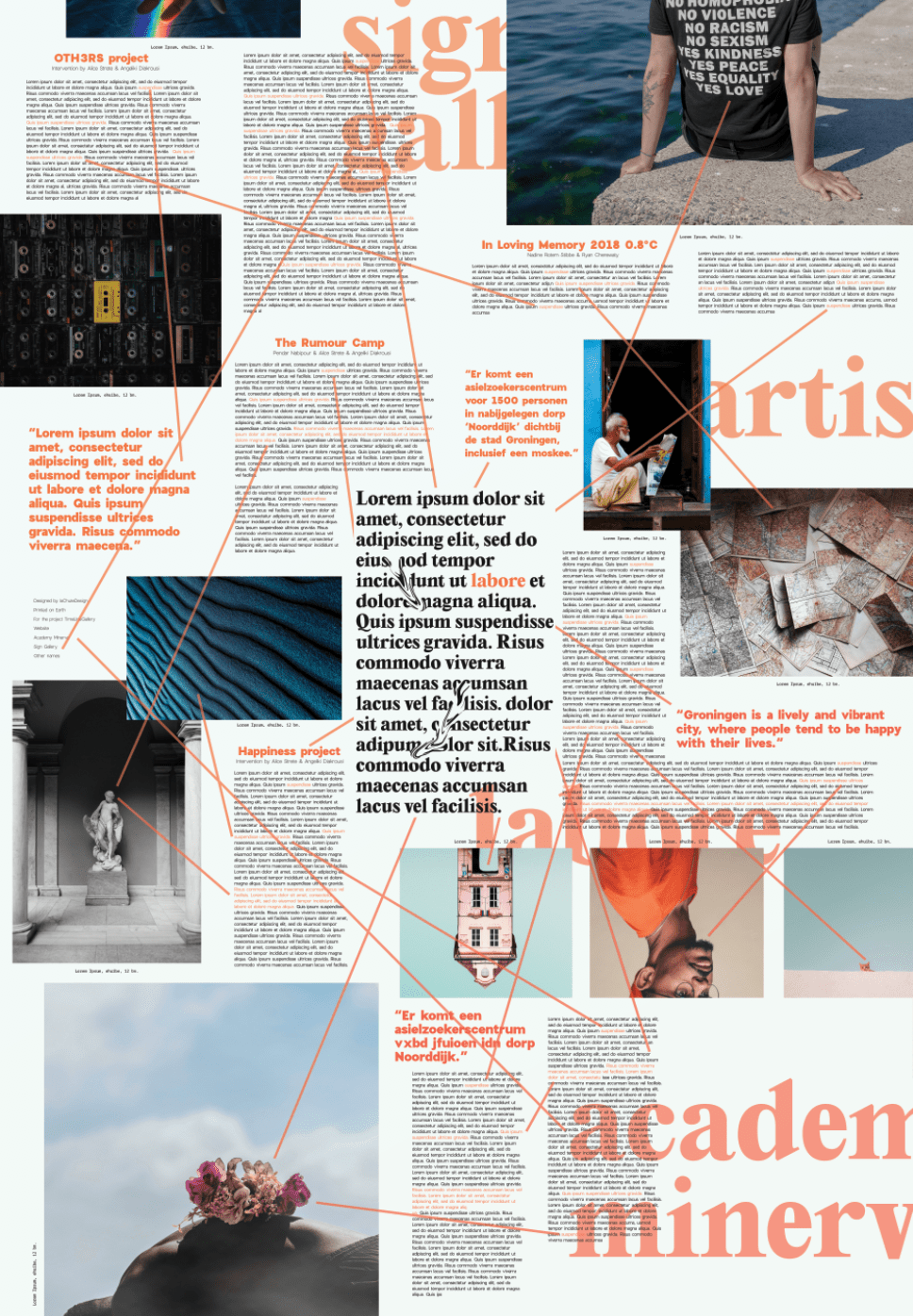

Publication.
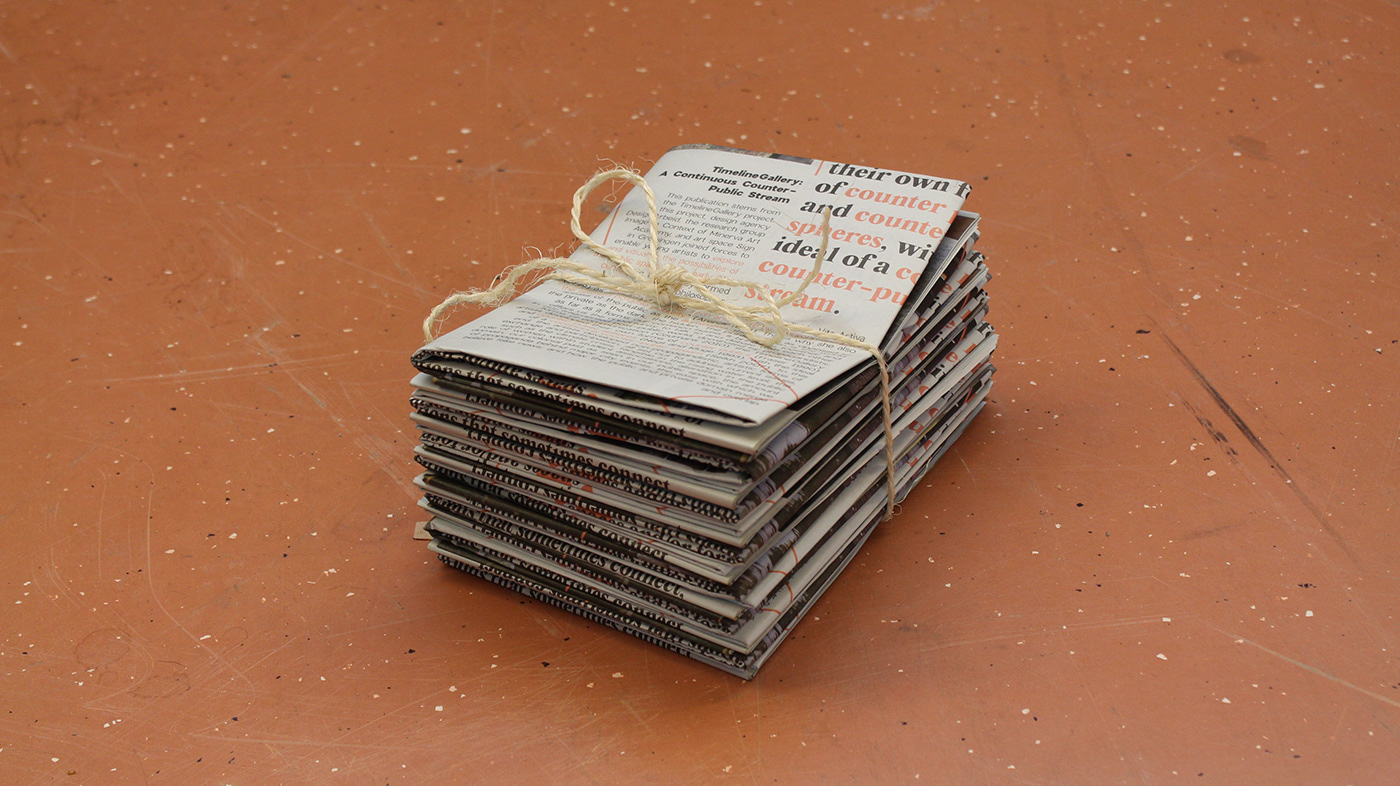
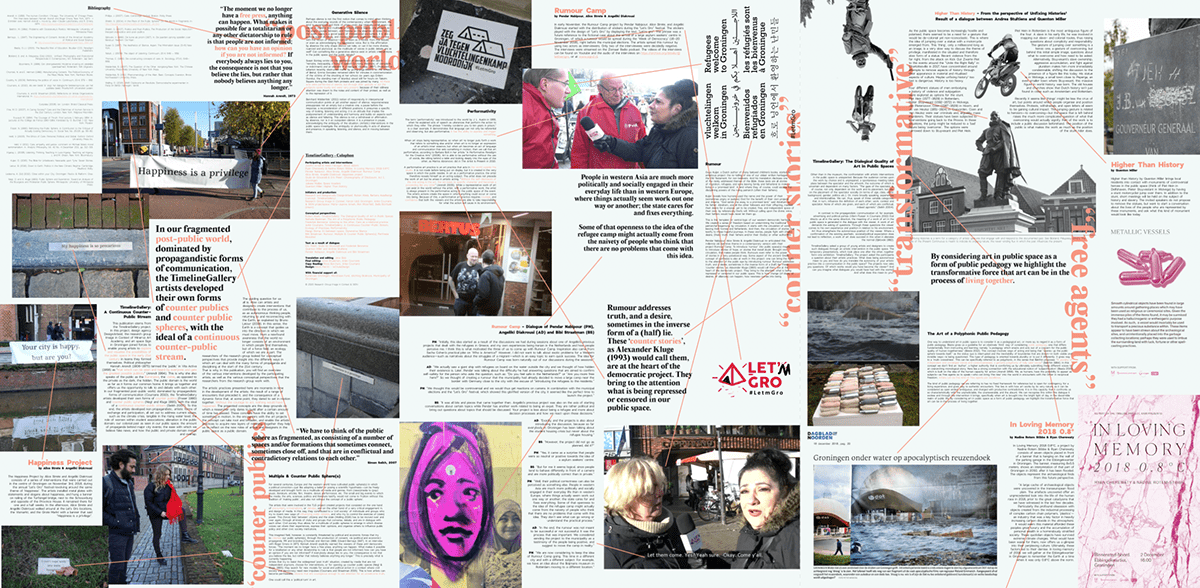

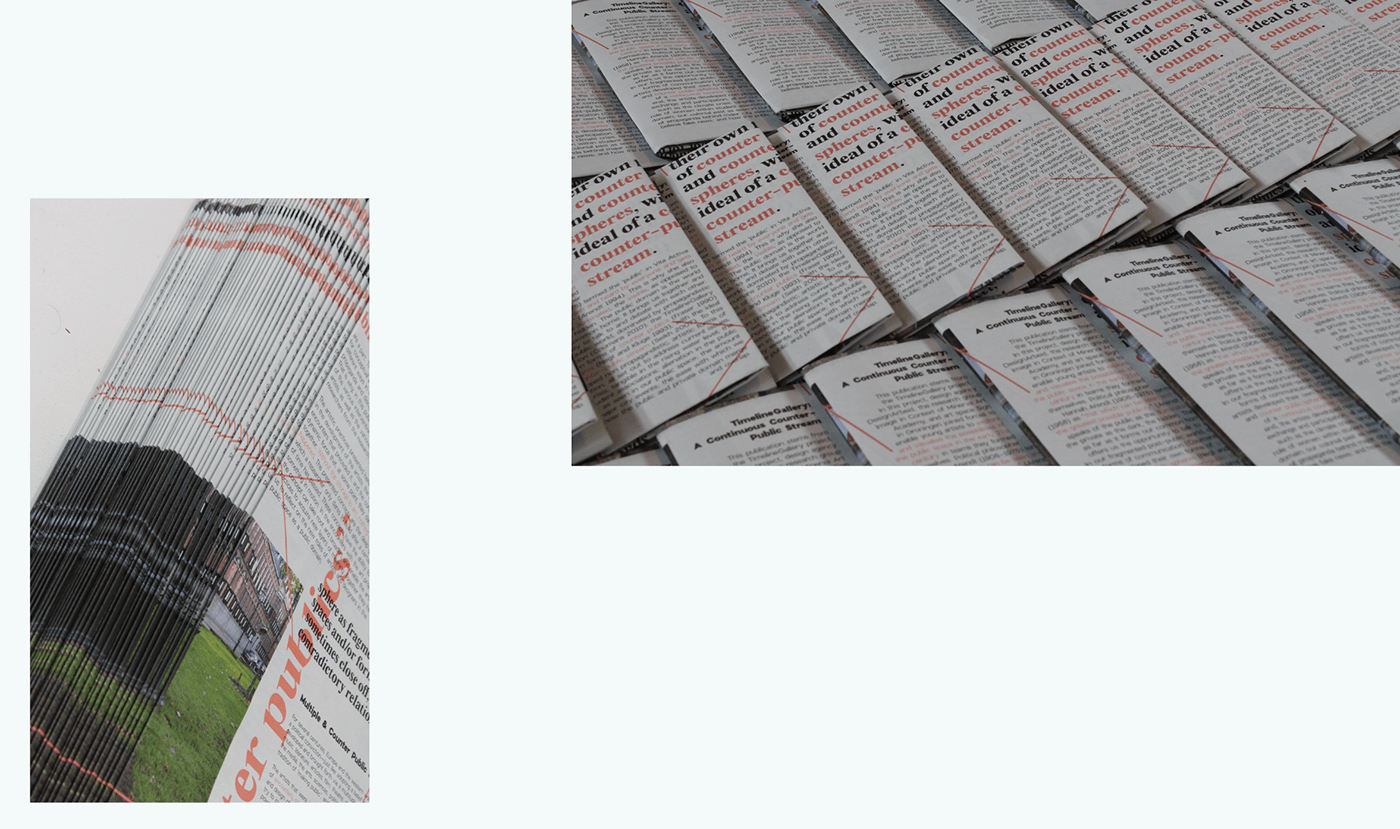
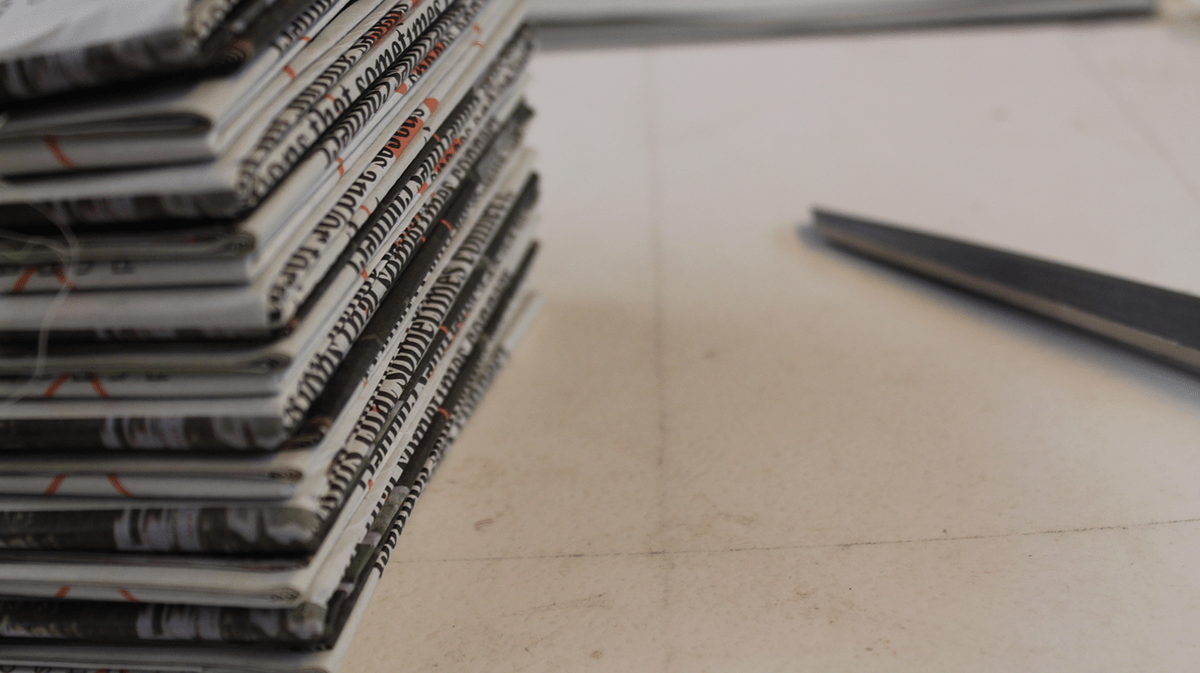
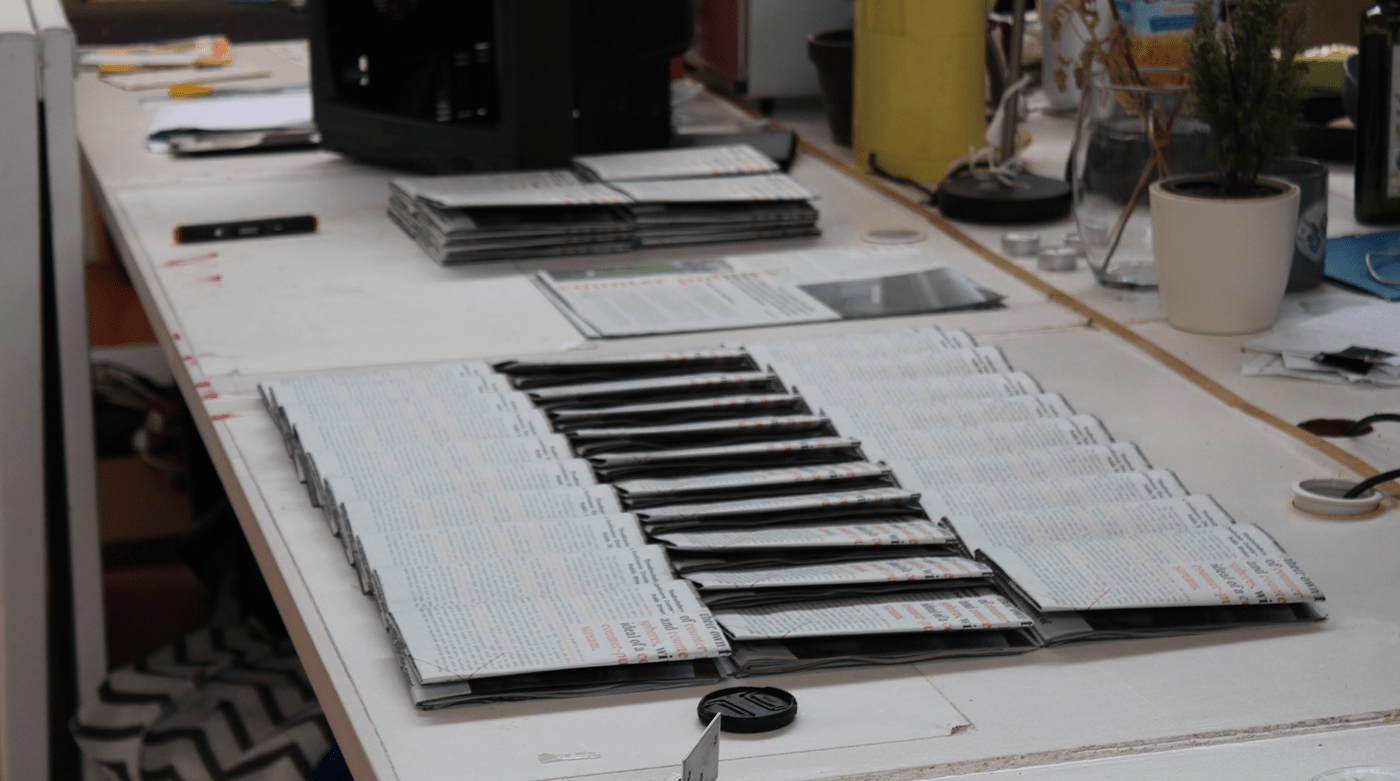

Exhibition.
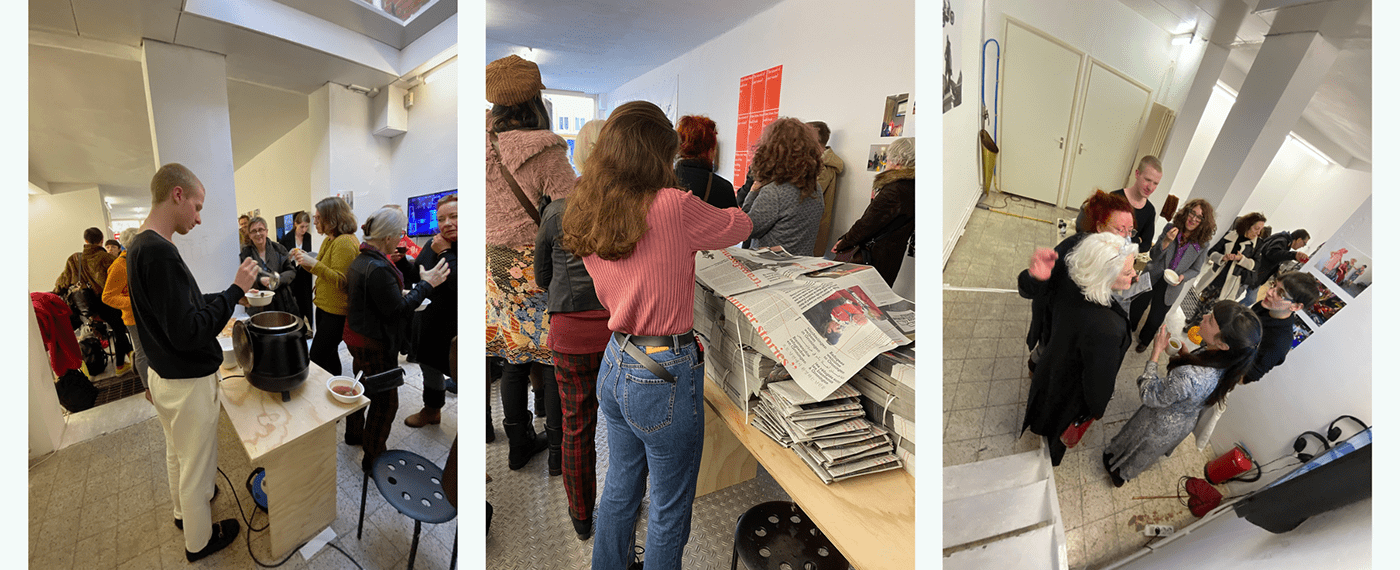
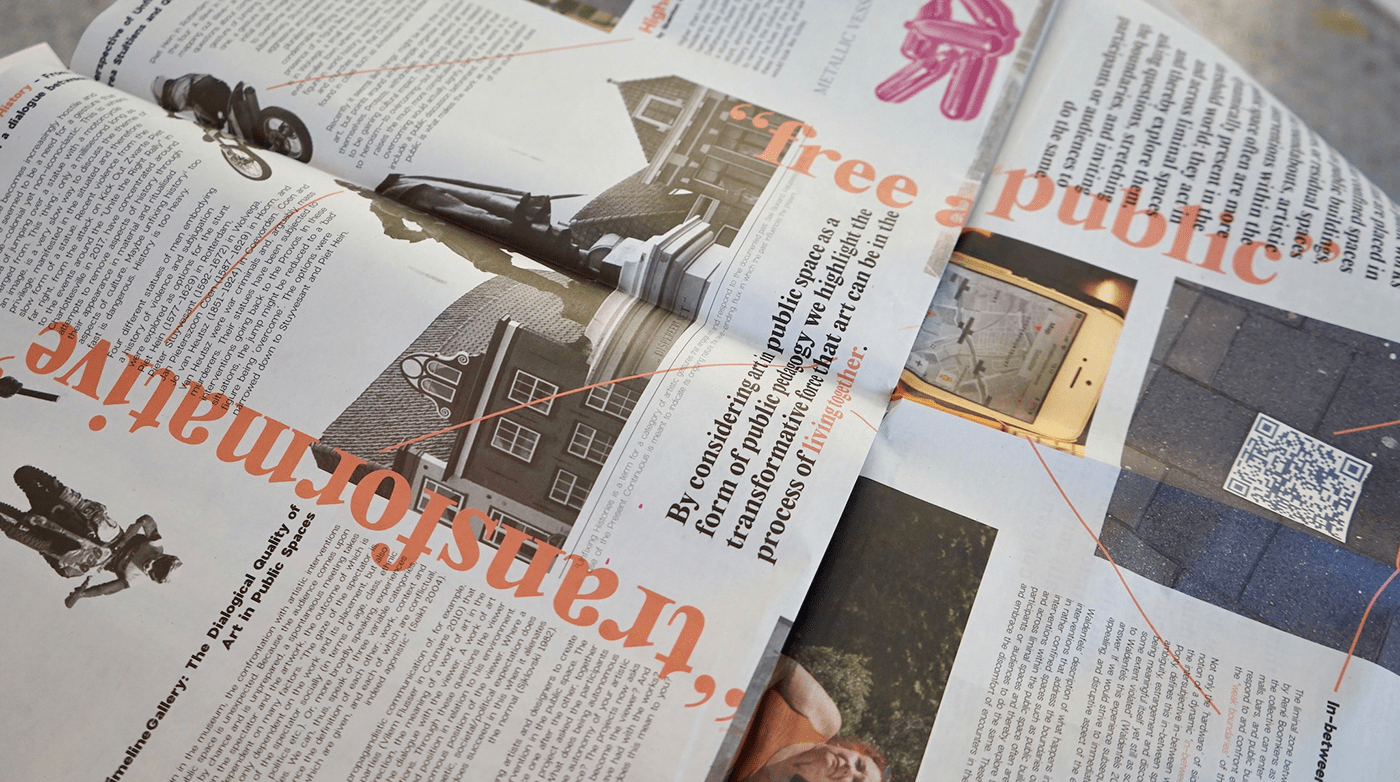
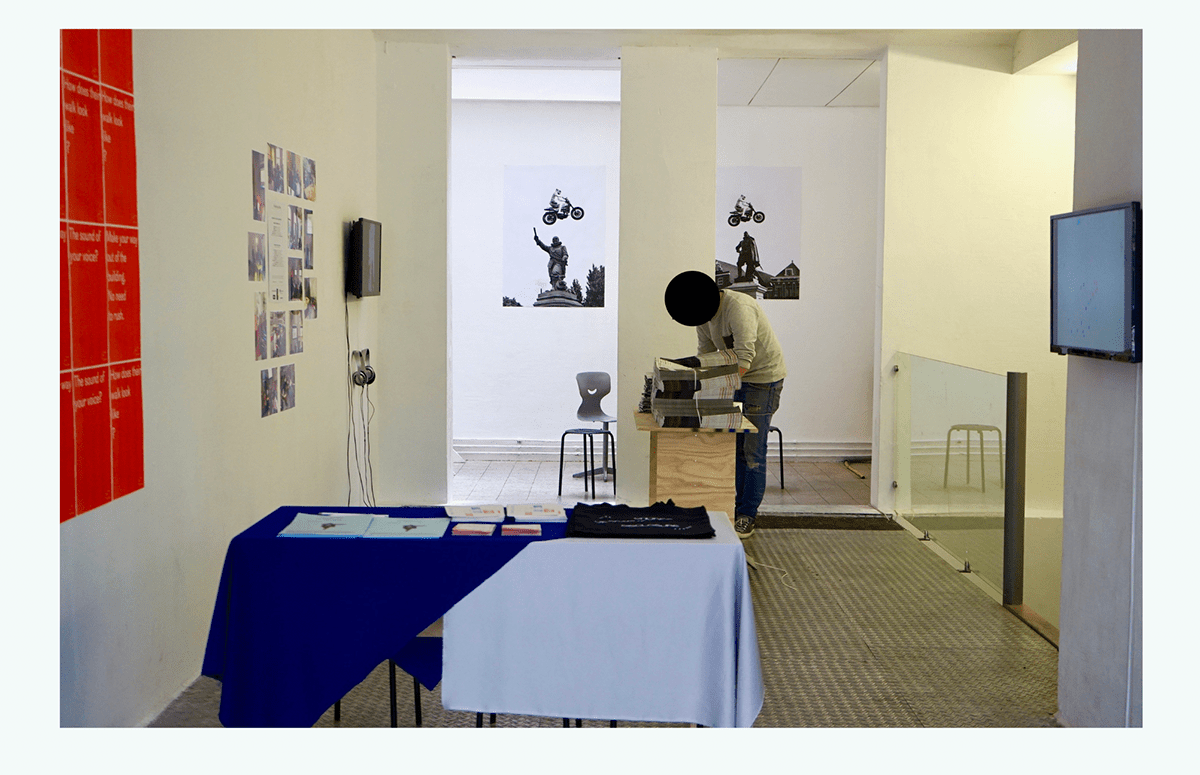

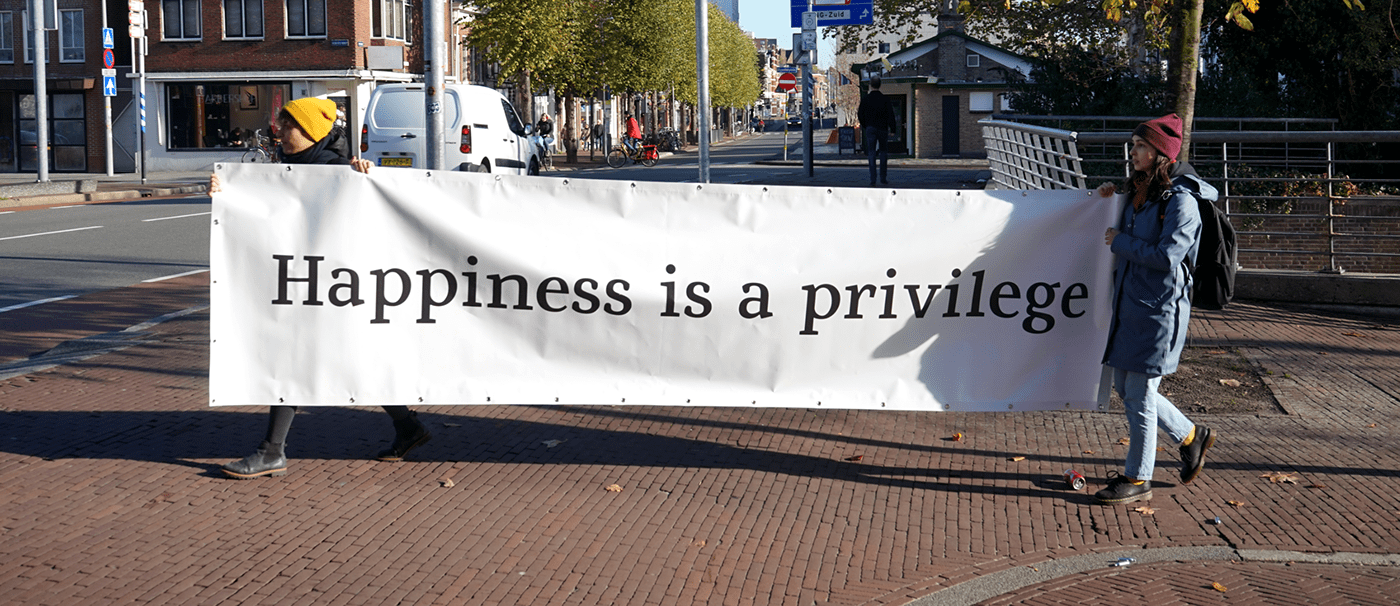
Happiness Project by Alice Strete & Angeliki Diakrousi.
The Happiness Project by Alice Strete and Angeliki Diakrousi consists of a series of interventions that were carried out in the centre of Groningen on November 3rd, 2018, during the annual Let’s Gro festival revolving around the same theme of ‘Happiness’. The artists installed metal plates with statements and slogans about happiness, and hung a banner on railing of the Turfsingel bridge, next to the Schouwburg and opposite of the Province House. It remained there for one and a half weeks. In the afternoon, Alice Strete and Angeliki Diakrousi walked around at the Let’s Gro locations, the Vismarkt, and the Grote Markt with a banner that said “Happiness is a privilege”.

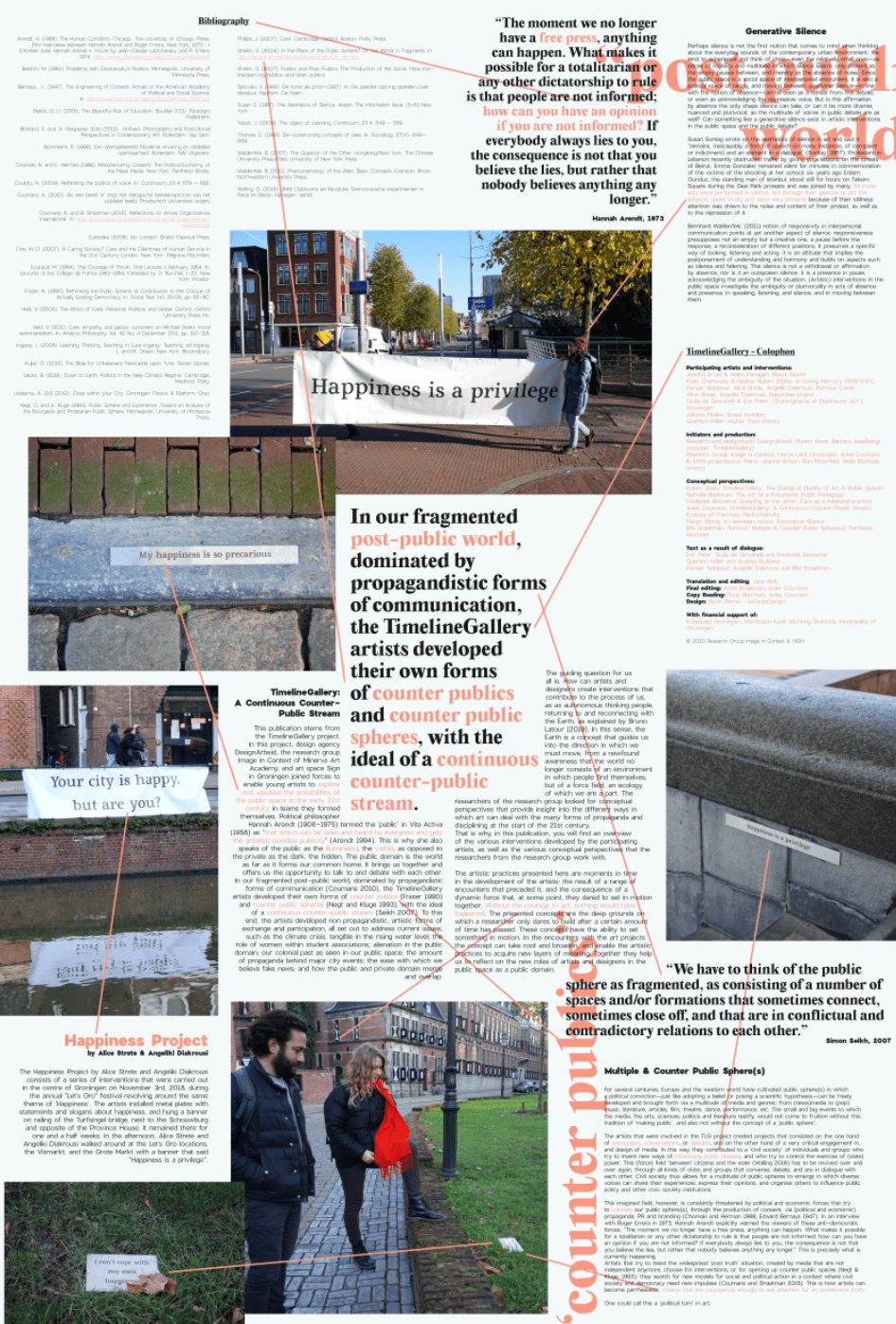
Rumour Camp by Pendar Nabipour & Alice Strete & Angeliki Diakrousi.
In early November, the Rumour Camp project by Pendar Nabipour, Alice Strete, and Angeliki Diakrousi started with the distribution of stickers during the Let’s Gro festival. The stickers played with the design of Let’s Gro by displaying the text: “Let’m gro”. The phrase was a future reference to the fictional case about the arrival of a large asylum seekers’ centre in Groningen, of which a rumour would be spread during the ‘Week of Democracy’ (16-20 November 2018), right before the municipal elections. The artists spread this rumour by using two actors as interviewers. Only two of the interviewees were decidedly negative. The interviews were streamed on the Zomaar Radio podcast. The videos of the interviews can be found on Youtube and the audio of the interviews at www.sign2.nl.
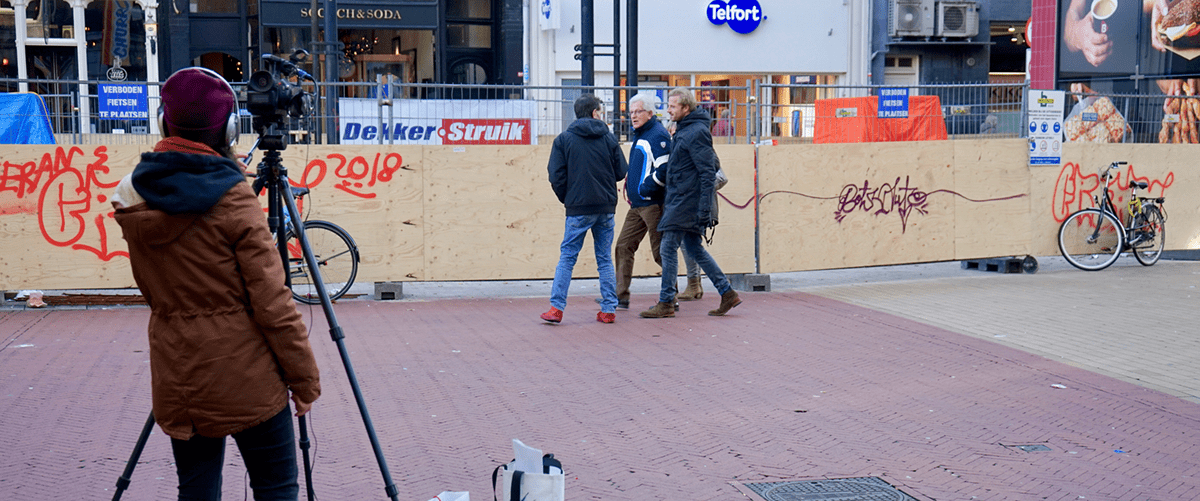
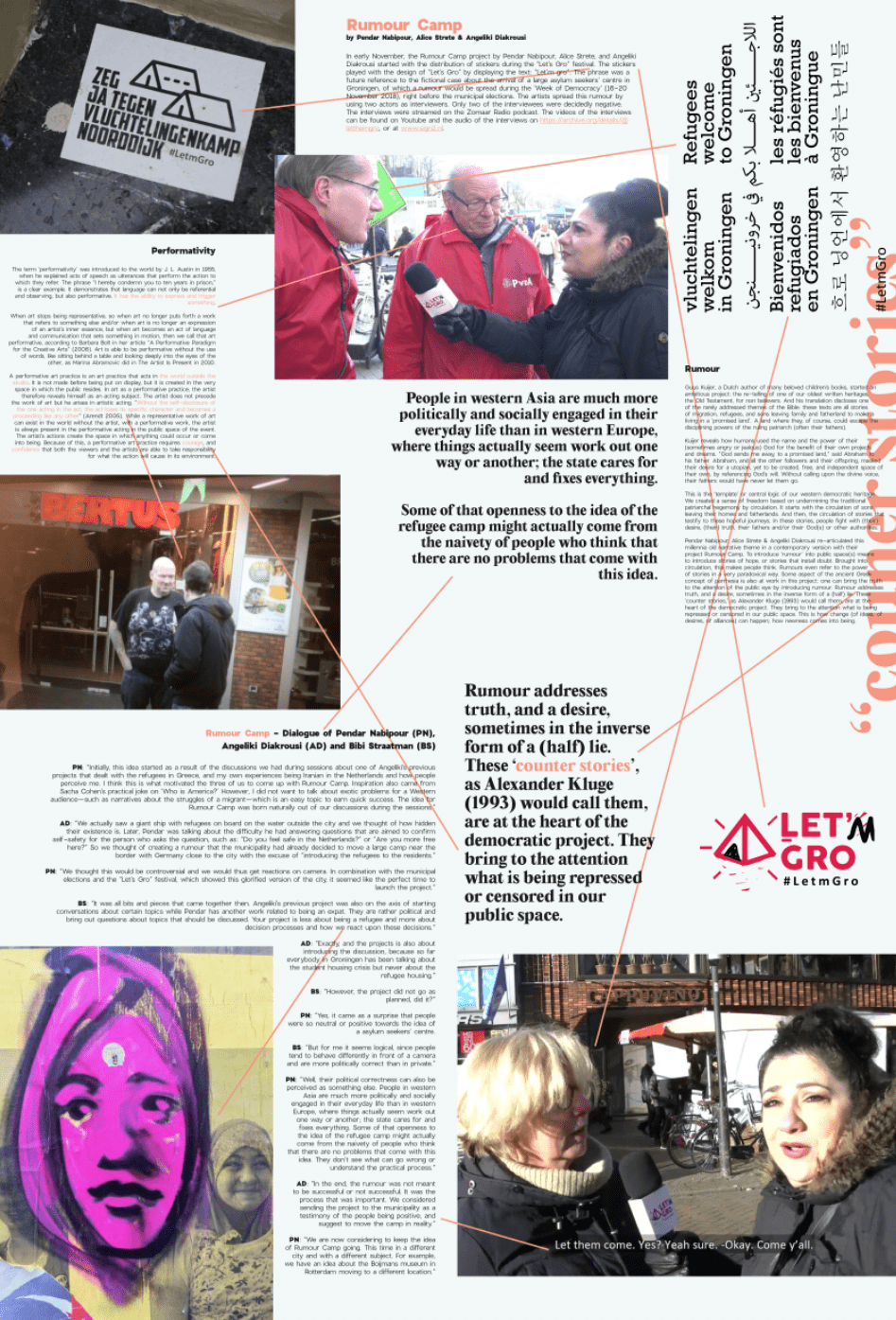
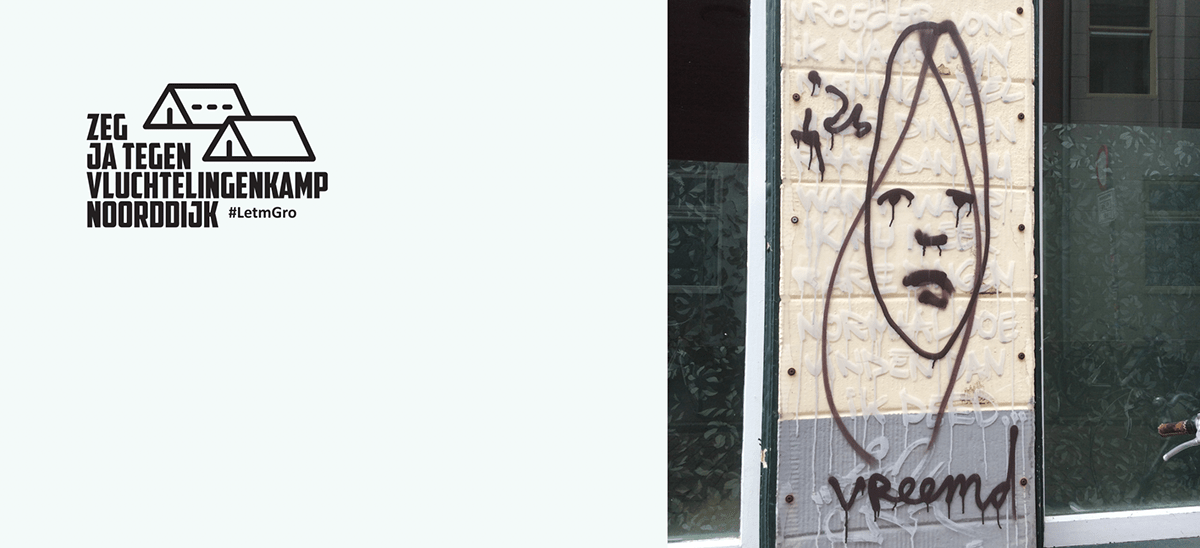
In Loving Memory 2018 0.8°C by Nadine Rotem Stibbe & Ryan Cherewaty.
In Loving Memory 2018 0.8°C, a project by Nadine Rotem Stibbe & Ryan Cherewaty, consists of seven objects placed in front of a banner that is hanging on the wall of the parking garage in the Ebbingekwartier in Groningen. The banner, measuring 8x5.5 meters, shows an interpretation of that part of Groningen in 2050, after it has been flooded. The objects represent the archaeological finds from this future perspective.

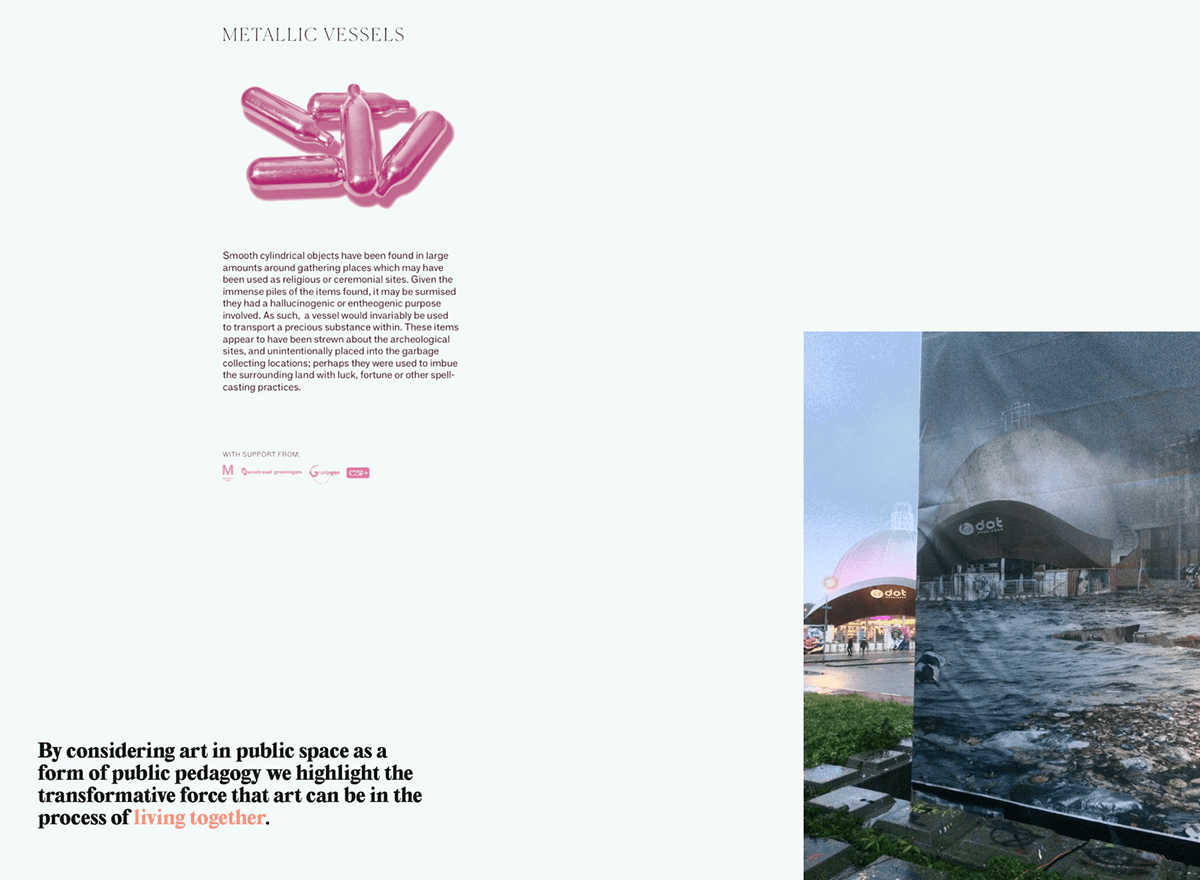
Higher Than History by Quenton Miller.
Higher than History by Quenton Miller brings local residents into contact with monuments of controversial heroes in the public space (think of Piet Hein in Delfshaven, Pieter Stuyvestant in Wolvega) by having a stunt motorcyclist jump over them. In addition to the stunt, short meetings will be held on the subject of history and slavery. The invited speakers do not propose to remove the statues, but want to start a conversation about the lives of the people who are represented by these monuments, and ask what this kind of monument would look like today.
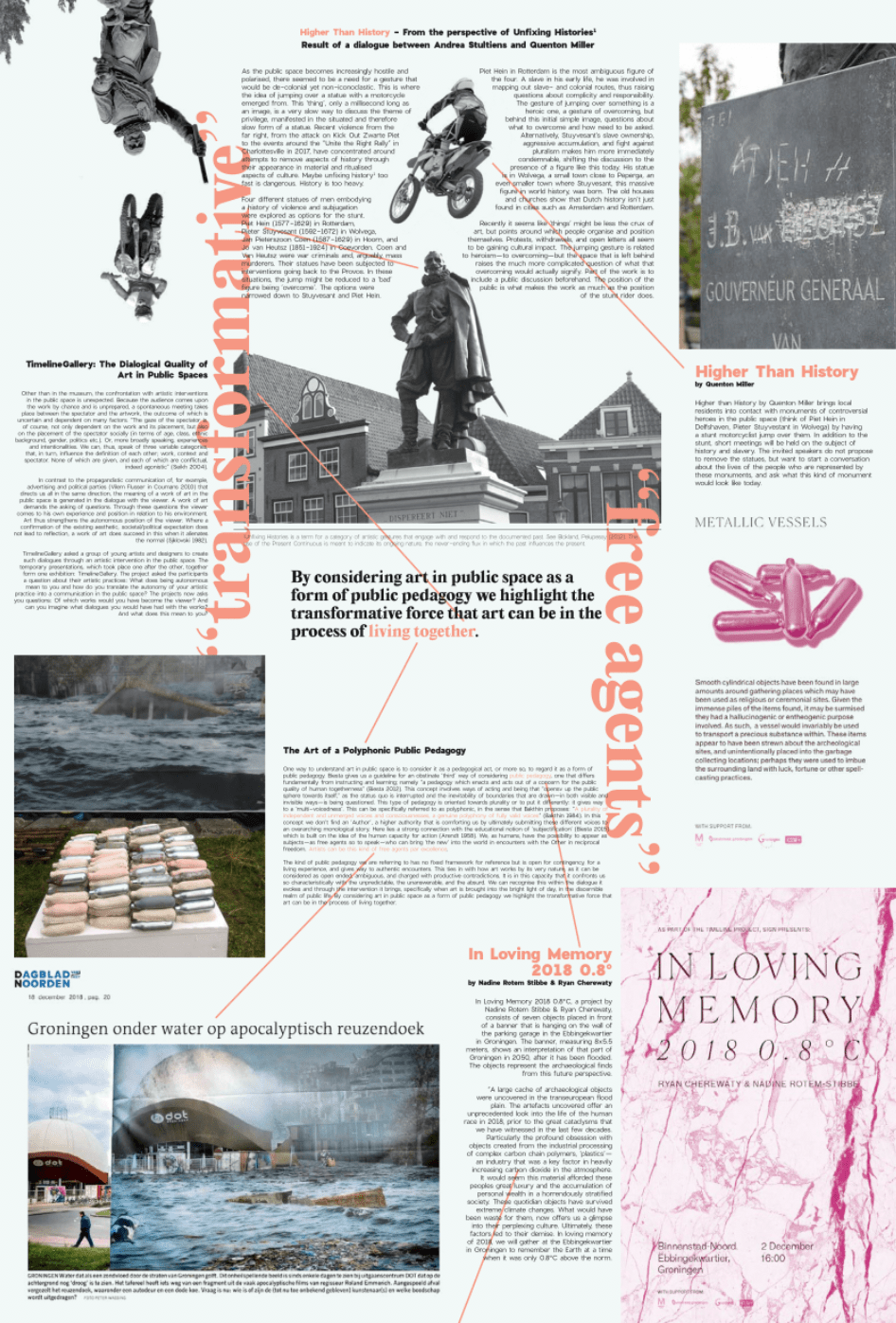

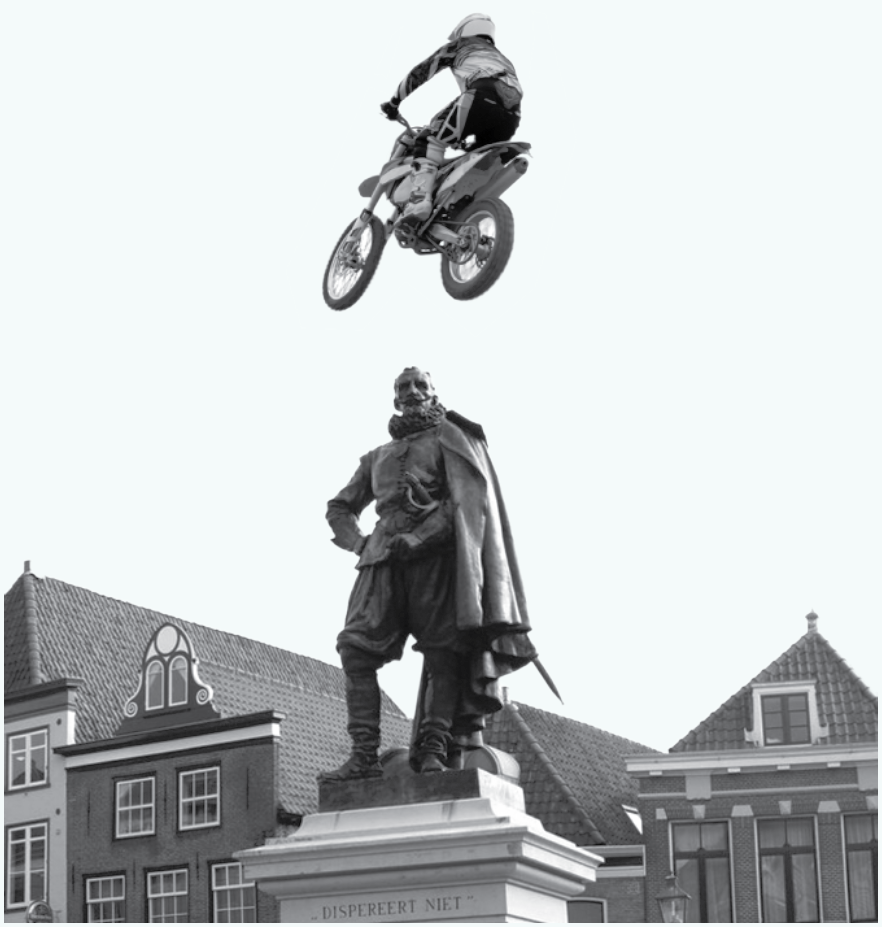
Space Invaders by Jaleesa Mallée, in cooperation with Nadine Rotem Stibbe.
Since February 26, 2019, Jaleesa Mallée’s Space Invaders project has presented viewers with a script when scanning QR codes that are applied to the sidewalk. Together, the codes form a route that can be followed. The script asks them to perform certain actions at the locations of the codes that call into question the distinction between the private and the public. One of the assignments was: Open the gate and wave to the people sitting inside.
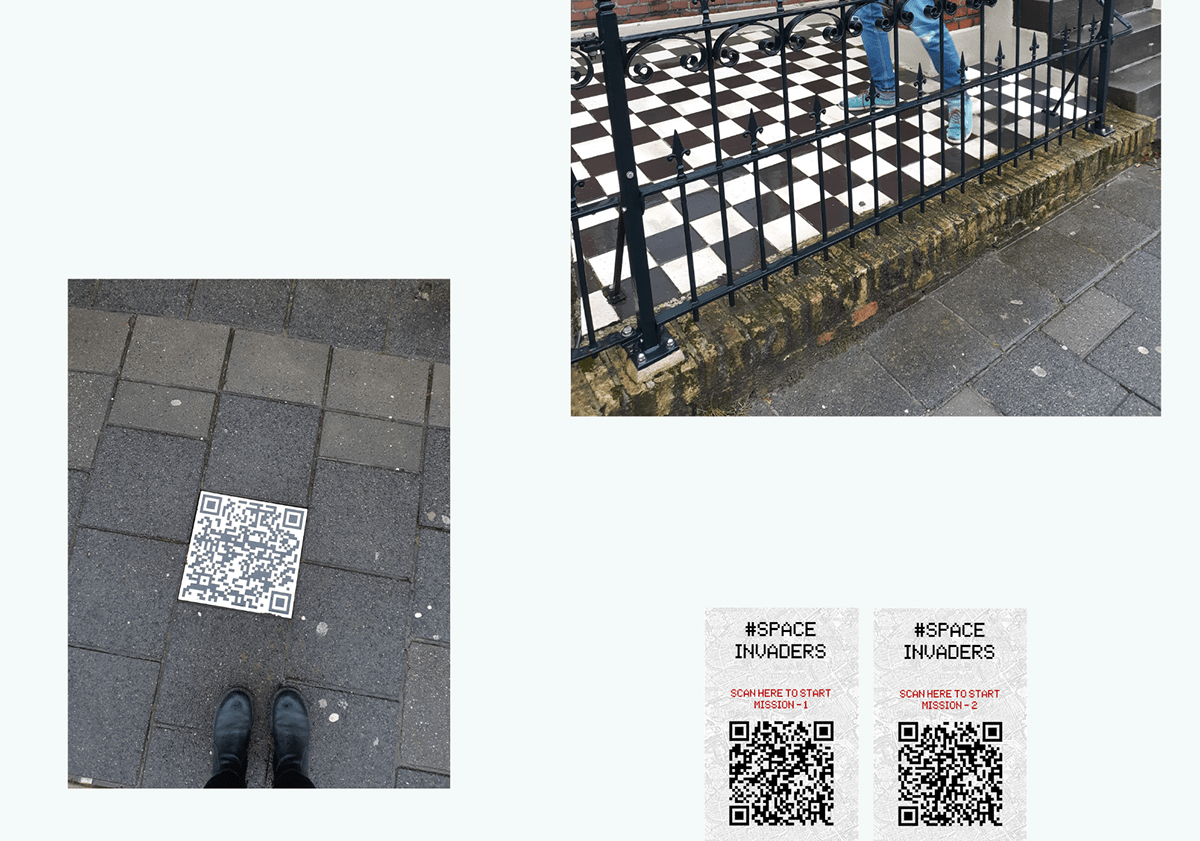
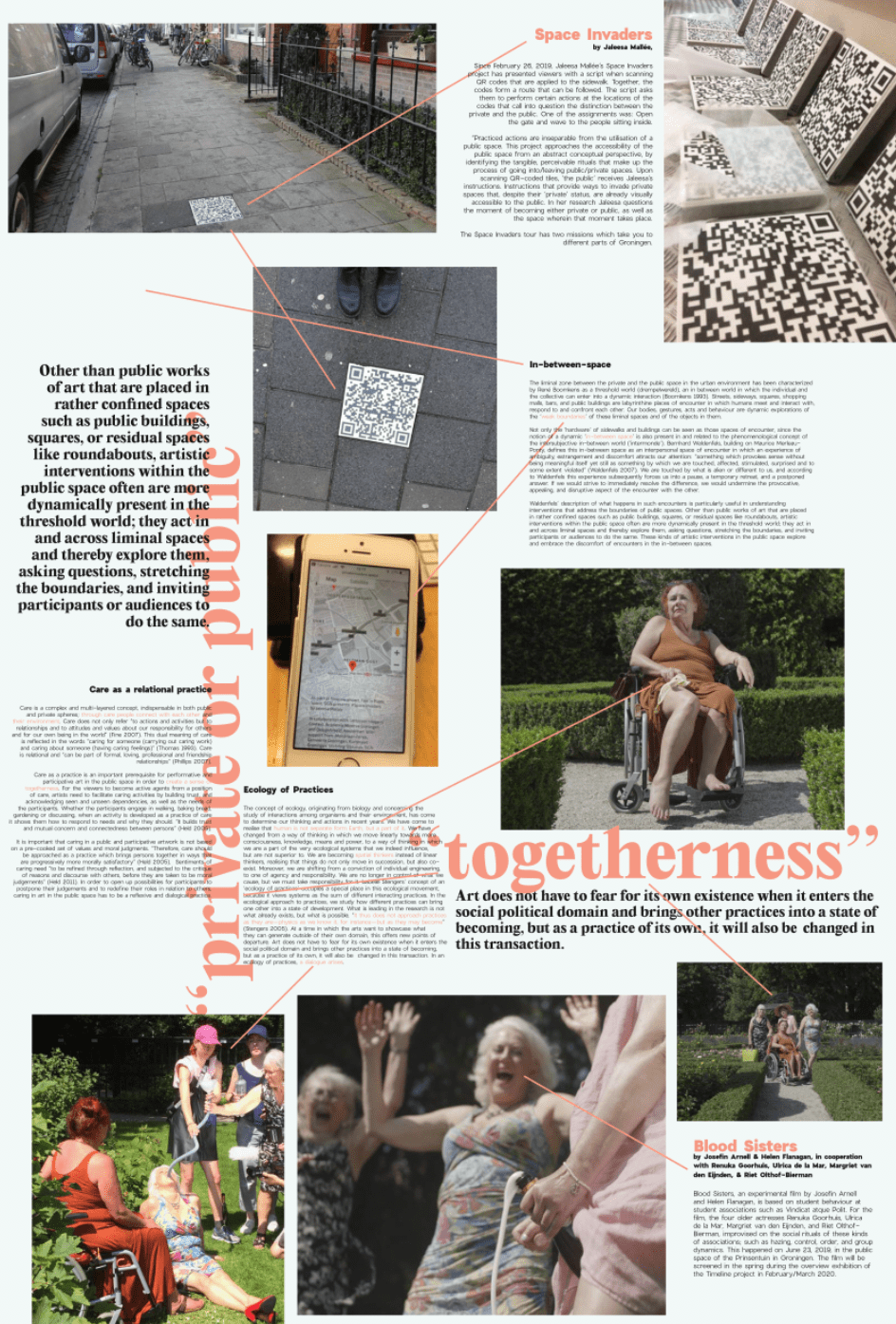
Blood Sisters by Josefin Arnell & Helen Flanagan, in cooperation with Renuka Goorhuis, Ulrica de la Mar, Margriet van den Eijnden, & Riet Olthof-Bierman.
Blood Sisters, an experimental film by Josefin Arnell and Helen Flanagan, is based on student behaviour at student associations such as Vindicat atque Polit. For the film, the four older actresses Renuka Goorhuis, Ulrica de la Mar, Margriet van den Eijnden, and Riet Olthof-Bierman, improvised on the social rituals of these kinds of associations; such as hazing, control, order, and group dynamics. This happened on June 23, 2019, in the public space of the Prinsentuin in Groningen. The film will be screened in the spring during the overview exhibition of the Timeline project in February/March 2020.
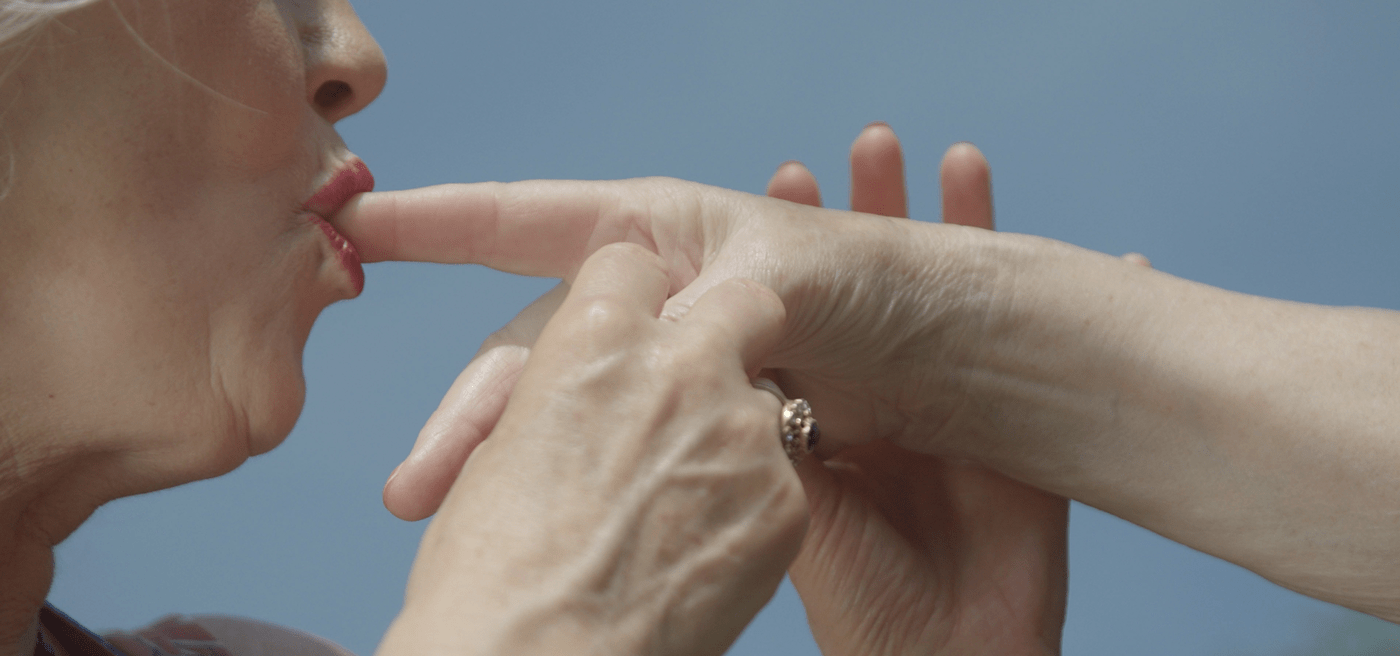

Choreography of Disclosure. Act 1, Groningen by Giulia de Giovanelli & Eric Peter.
Choreography of Disclosure is a public choreography by Giulia de Giovanelli & Eric Peter in which the participant is dissecting its perceptions of an environment through several types of movement. The environment is a social landscape of people, walls, and greenery, in which encounters are unavoidable. But instead of self-performance in the public space, the artists invite participants to perform a choreography of potentialities of togetherness. A dance through their voice, danced with them and other people on the streets. Choreography of Disclosure is challenging surveillance, digital communication, and the increased dissolution of intimacies and relations between strangers (even between closed ones). Through its movements, CoD is asking for an introspective journey, to rethink the self as other and the other as self.


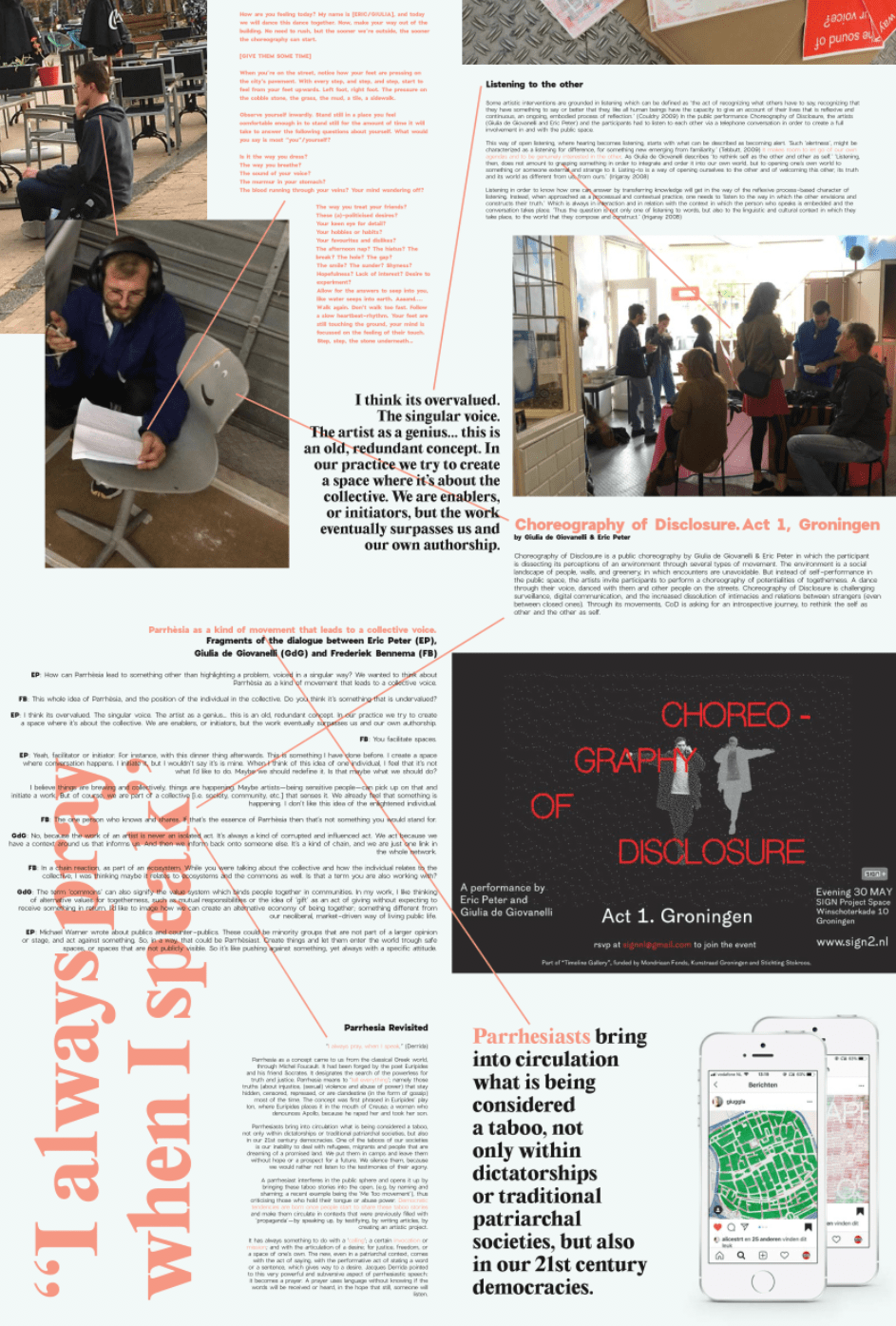
Folding.
